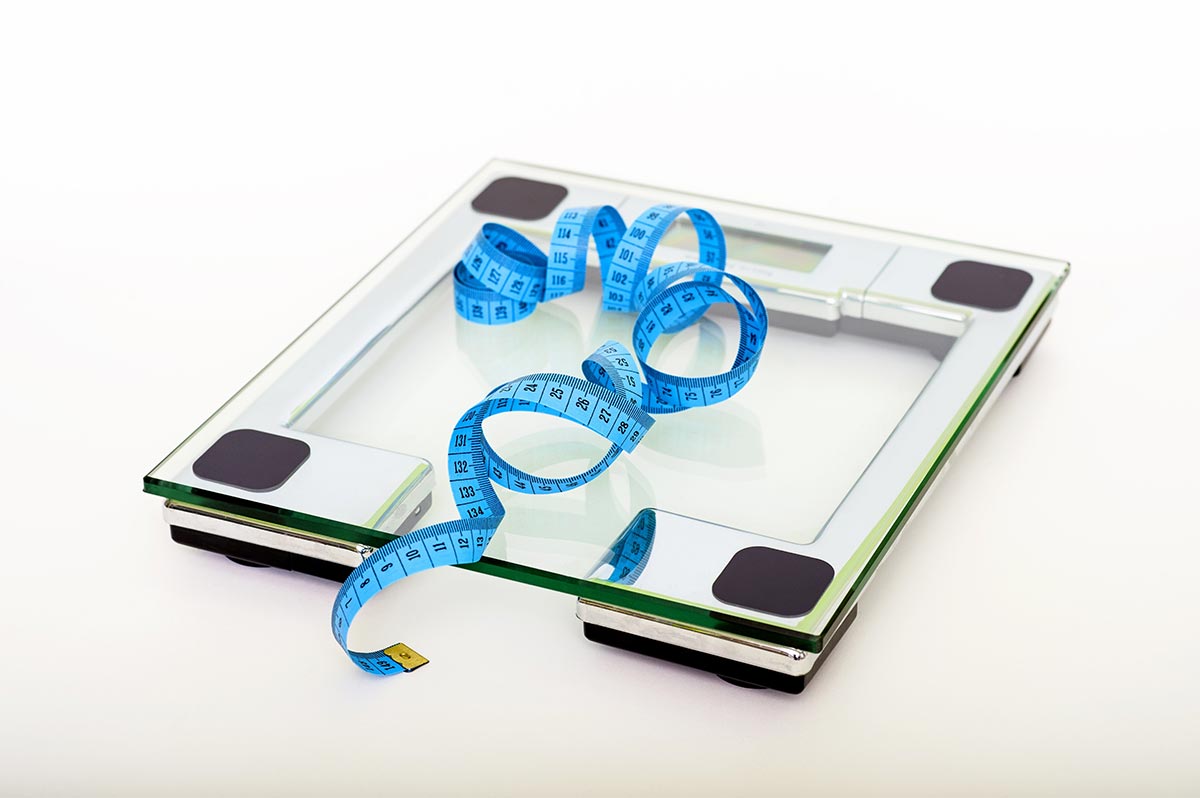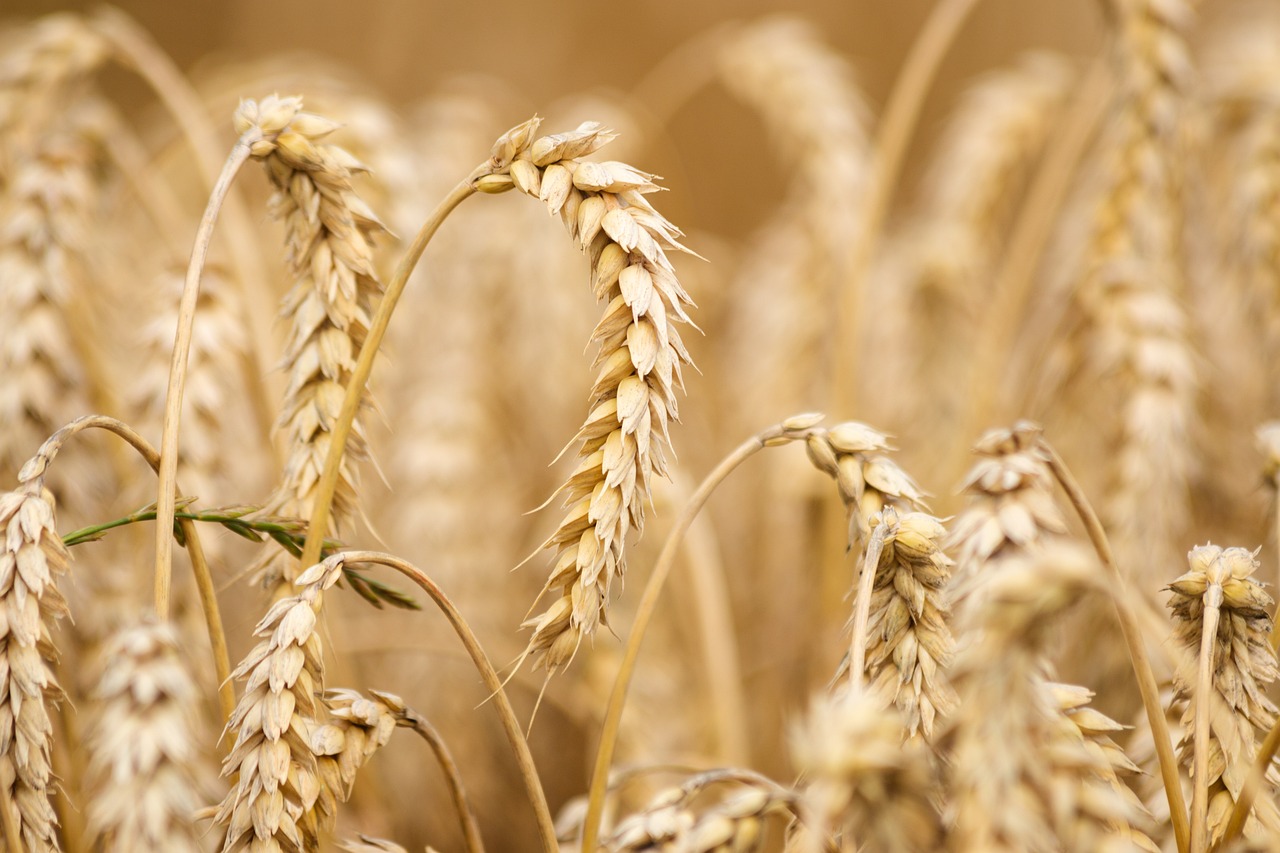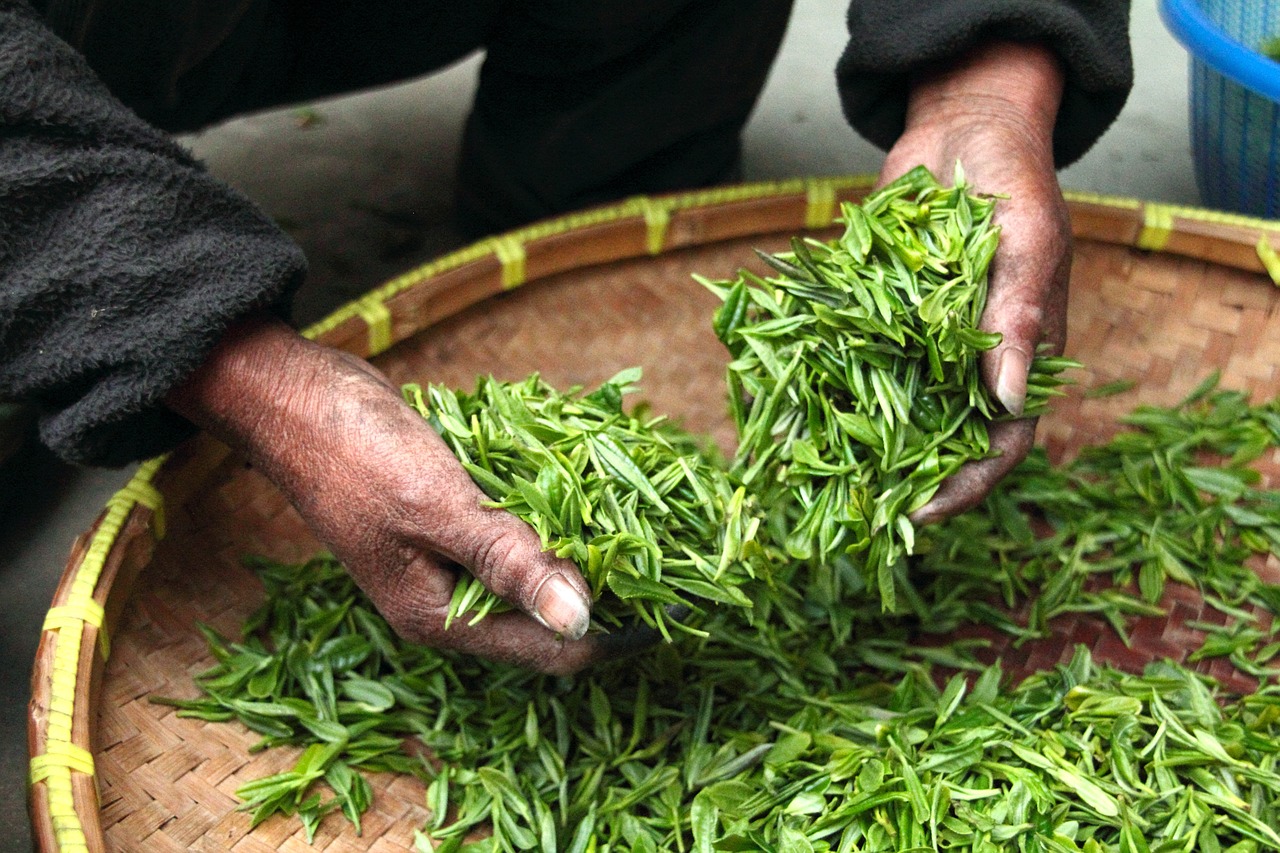Nutrition in the Post-Broscience Era
Back in the day, muscle meals meant dry chicken breast, soggy broccoli, and enough brown rice to sedate a water buffalo. Fortunately, it’s 2025, and natural athletes have upgraded their plates—and their understanding of performance nutrition. With updated data, personalized micronutrient profiles, and wearable feedback devices, eating for gains is now more like science fiction come true.
But you don’t need a NASA lab to eat right. You just need real food, strategic timing, and the discipline to ignore that influencer who lives off energy drinks and questionable powder blends.
Calories Are Not Created Equal
Sure, \"a calorie is a calorie\" is technically true—just like saying a car is a car, whether it’s a Ferrari or a Flintstones footmobile. The quality of those calories matters more than ever. A 2024 meta-review in the Journal of Sports Nutrition found that whole-food-based diets resulted in 18% better nutrient absorption and 12% greater lean mass retention compared to highly processed meal replacements, even with matched macros.
Whole carbs like quinoa and sweet potatoes support glycogen stores better than their instant cousins. Proteins with full amino acid profiles—think eggs, salmon, grass-fed beef—outperform protein bars in both satiety and synthesis. Calories count, but context counts more.
Protein: Not Just Quantity, but Timing
The obsession with “hitting your macros” has made many athletes treat protein like it's a magical muscle powder. But research in 2025 shows that when you eat protein is nearly as important as how much you eat. A University of Toronto study revealed that consuming 25–30g of high-quality protein every 3–4 hours optimally supports muscle protein synthesis.
Dumping 80g of whey into one post-workout shake doesn’t get you jacked faster—it just gives your kidneys more work. Distribute your protein intake, chew real food, and remember: your stomach isn’t a blender.
The Forgotten Power of Micronutrients
You can be crushing your training and still plateau if your magnesium, zinc, or vitamin D levels are in the basement. These unsung heroes regulate everything from recovery to testosterone production to immune resilience.
A 2025 European Sports Performance Survey found that 41% of recreational athletes were deficient in at least two key micronutrients, correlating with slower recovery and increased inflammation markers. Solution? Eat colorfully. Leafy greens, berries, nuts, seeds, and fatty fish don’t just fill gaps—they fuel function. Supplements help, but nature’s got the original multivitamin formula.
Carbs Are Not the Enemy
Unless you’re a competitive keto zealot, carbohydrates are your best friend. Not just for energy, but for performance, hormonal balance, and yes—growth. A 2025 controlled trial published in the International Journal of Exercise Science demonstrated that lifters on moderate-to-high carbohydrate diets gained 22% more muscle mass over 10 weeks than low-carb counterparts.
Carbs fuel insulin, which is not the devil—it’s actually an anabolic hormone when managed properly. Load smart around workouts and keep it clean: oats, fruit, sweet potatoes, rice. Your muscles will thank you—and so will your sanity.
Fats: The Hormone Whisperers
In the pursuit of lean mass, many athletes go so low on fat they might as well be eating cardboard. But in 2025, we know better. Fats are critical for hormone production, cellular repair, and anti-inflammatory signaling. Monounsaturated and polyunsaturated fats, particularly from olive oil, avocado, walnuts, and cold-water fish, have been linked with improved testosterone profiles and metabolic flexibility.
A multi-national study led by Stanford University in 2024 concluded that athletes who consumed 25–35% of daily calories from healthy fats had superior anabolic markers than those in low-fat diets. Don't fear fat—just choose the ones that don’t come in deep-fried plastic.
Hydration: The Silent Anabolic Edge
If you’re training hard and your pee looks like Mountain Dew, we need to talk. Dehydration reduces performance, recovery speed, and protein synthesis. Simple as that. In 2025, sports labs globally have zero doubt: even mild dehydration (just 1–2% loss in body water) leads to measurable drops in strength and increased cortisol levels. Hydration: Drink water regularly, add electrolytes during intense sessions, and skip the sugary energy drinks that dehydrate faster than they energize. Your gains swim in water. Treat it like creatine—daily and deliberate.
The 2025 Athlete’s Daily Meal Flow
Forget rigid meal plans. Instead, think of your day in anabolic windows. Pre-workout meals rich in slow-digesting carbs and moderate protein (e.g., oats and eggs) set the stage. Post-workout should prioritize quick carbs and lean protein (like rice and chicken). The rest of the day? Fill with nutrient-dense options in 4–5 eating windows, keeping blood sugar level steady and cortisol low. Nighttime? A small meal with casein-rich protein like Greek yogurt or cottage cheese can support overnight recovery. It’s not about eating like a robot—it’s about eating with rhythm, purpose, and the occasional indulgence so you don’t lose your mind or your social life.












